Festivals in Hungary offer an engaging glimpse into the country’s rich culture and diverse traditions. Located in Central Europe, Hungary hosts annual festivals that celebrate music, folklore, gastronomy, and seasonal customs. Each event attracts visitors locally and from abroad. Hungary’s historical cities, especially Budapest, provide iconic settings for cultural gatherings throughout the year. The country’s long-standing heritage blends with contemporary interests to create memorable experiences. Events often feature folk dances, traditional crafts, local dishes, and international performances. Hungary’s festivals reflect its centuries-old customs, shaped by a mix of European and regional influences. These celebrations continue to evolve annually.
Top 9 Festivals In Hungary
Festivals in Hungary reflect the country’s cultural roots, regional flavours, and community spirit. Here are ten festivals that draw attention year after year:
1. Balaton Festival
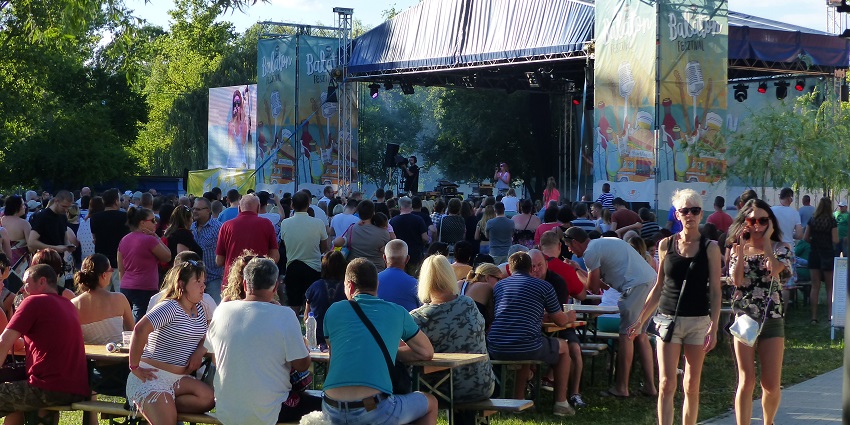
Photo: Elekes Andor / Wikimedia Commons
Balaton Festival stands out among the famous festivals in Hungary, attracting thousands near Lake Balaton each summer. It offers a mix of electronic and pop music, with top performers playing across several open-air stages. The lakeside setting adds a relaxed vibe as guests explore art installations and film viewings. Visitors also browse through craft stalls showcasing regional talents. Hungarian wines and food enhance the experience, providing cultural flavour. Music fans from across Europe attend for its diversity and large-scale celebration of entertainment and regional traditions.
Month: July
Major Attractions: Live music, art shows, lakeside events
Location: Lake Balaton, Western Hungary
2. Tihany Lavender Festival
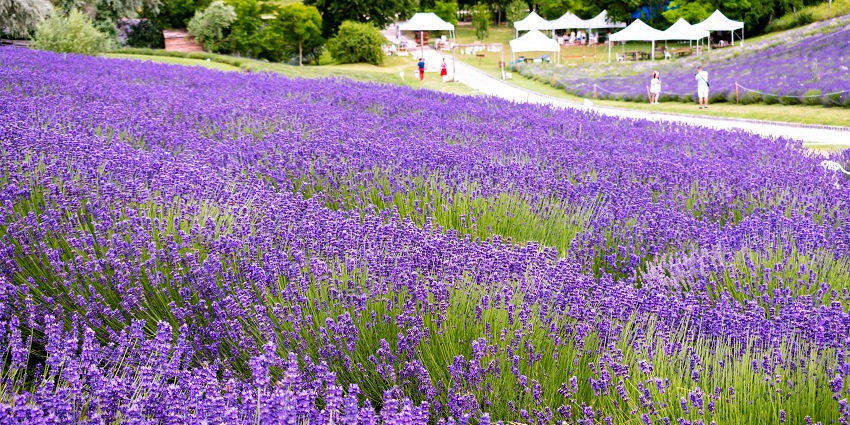
Photo: Nikolett Emmert / Pexels / Image For Representation Only
Held in June, the Tihany Lavender Festival celebrates the lavender harvest season in the Tihany Peninsula with a strong focus on nature and heritage. The fields bloom in soft purples, while workshops guide visitors on cultivation techniques and traditional uses. Families can explore craft stalls, observe folk dances, and join harvesting activities. Children enjoy storytelling and interactive booths. Handmade lavender products—ranging from oil to sweets—fill the market lanes. This event highlights rural traditions while connecting guests with environmental learning and community-driven agricultural practices.
Month: June
Major Attractions: Lavender picking, workshops, folk performances
Location: Tihany, Veszprém County
3. Holloko Easter Festival
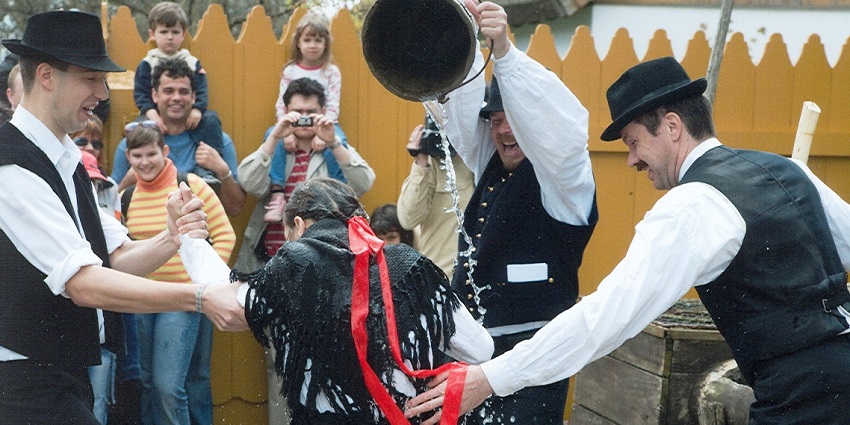
Photo: Opusztaszer / Wikimedia Commons
Ranked among the best festivals in Hungary, the Hollókő Easter Festival brings historical celebrations to life in a preserved village. Traditional customs come alive through dance, music, and colourful garments worn by locals. The “watering” custom remains a highlight, offering guests a look into authentic Easter rituals. Puppet shows, artisan demonstrations, and regional food tastings ensure variety for all age groups. The village transforms into a living museum, presenting Hungary’s Easter practices through inclusive programming, rural charm, and hands-on cultural exposure.
Month: Easter weekend
Major Attractions: Folk dances, Easter customs, craft stalls
Location: Hollókő, Northern Hungary
4. Ozora Festival
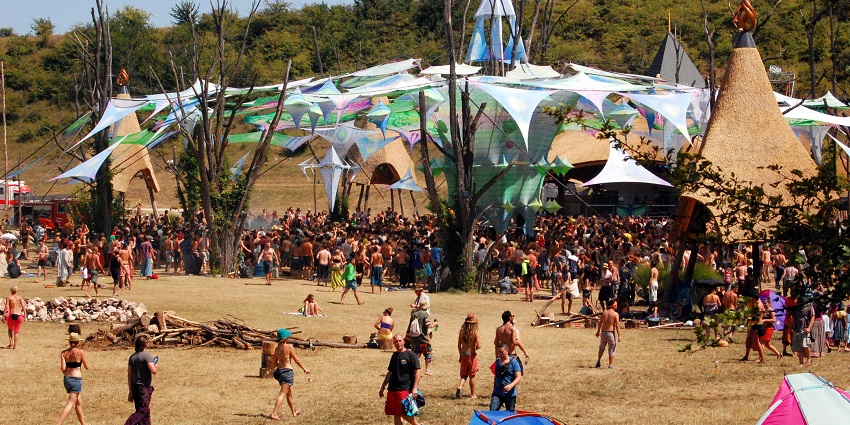
Photo: Maciej Miąsik / Wikimedia Commons / Image For Representation Only
Ozora Festival offers more than electronic and psychedelic music; it serves as a gathering for creative expression and shared learning. The event features global DJs alongside art displays, workshops on well-being, and evening performances. Guests often stay in eco-friendly campsites and interact with speakers discussing holistic lifestyles. With a focus on creativity and cooperation, the festival appeals to those seeking artistic engagement and social dialogue. This open-space celebration balances entertainment and education, with music, visual storytelling, and community living combined into one immersive event.
Month: Late July to early August
Major Attractions: Live DJ sets, workshops, light installations
Location: Near Igar, Tolna County
5. Busojaras
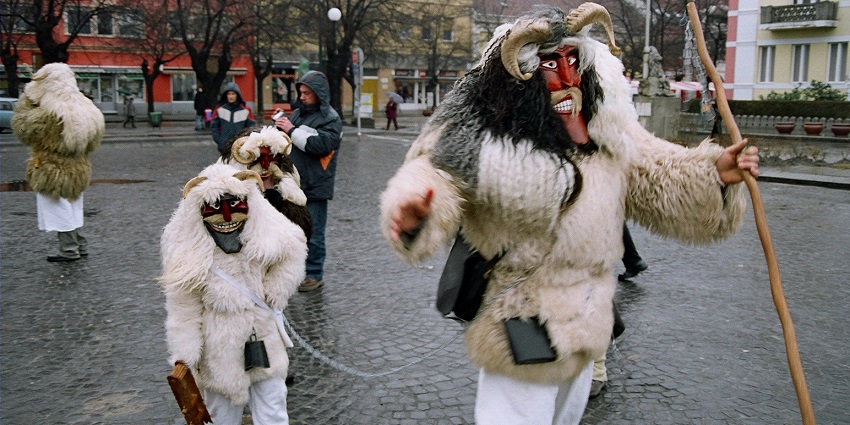
Photo: Themightyquill / Wikimedia Commons
Recognised as one of the most important traditional festivals in Hungary, Busójárás takes place in Mohács before Lent. Rooted in medieval customs, it features locals in handcrafted wooden masks and fur-lined costumes marching through town to banish winter. Loud instruments and bonfires energise the streets. Artisans sell symbolic souvenirs such as miniature masks. The tradition reflects cultural endurance through collective participation and seasonal change. Performers, children, and guests create an inclusive spectacle that links ancient rituals with contemporary community pride and shared storytelling.
Month: February (Week leading to Ash Wednesday)
Major Attractions: Masked parades, music, and burning ceremonies
Location: Mohács, Southern Hungary
6. Sziget Festival
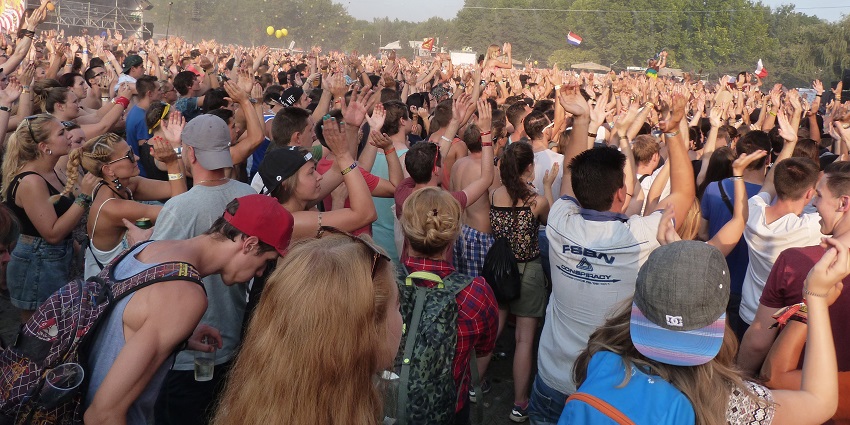
Photo: Derzsi Elekes Andor / Wikimedia Commons / Image For Representation Only
Sziget Festival, held on Óbuda Island in Budapest, attracts music fans from various backgrounds for its extensive lineup of international acts. The event presents rock, hip-hop, and indie performances while also featuring stage theatre, visual art, and spoken word. It includes spaces for activism, wellness, and workshops, allowing attendees to explore various interests. Sziget’s accessibility and infrastructure appeal to urban travellers. With day and night programming and diverse music zones, the event draws younger crowds seeking large-scale events filled with social and creative energy.
Month: August (annually)
Major Attractions: Global music acts, circus shows, cultural zones
Location: Budapest, Óbuda Island
7. Summerfest International Folklore Festival
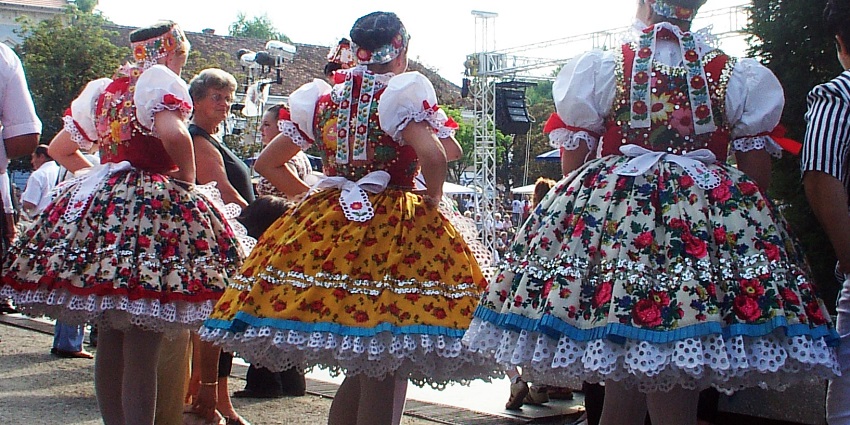
Photo: Outesticide / Wikimedia Commons / Image For Representation Only
Summerfest in Százhalombatta encourages dialogue between cultures through a week-long celebration of folk art. Dance troupes from various nations perform in traditional dress, offering insight into their customs and histories. Interactive exhibits and children’s programs teach regional crafts and musical instruments. The event enables cultural exchange through storytelling, parades, and shared performances. Visitors experience customs not commonly seen outside local communities. Schools, families, and international guests connect with Hungary’s folklore and that of invited countries, turning this event into a global learning platform.
Month: Mid-August
Major Attractions: Folk dances, exhibitions, cultural exchange programs
Location: Százhalombatta
8. Budapest Festival Of Folk Arts
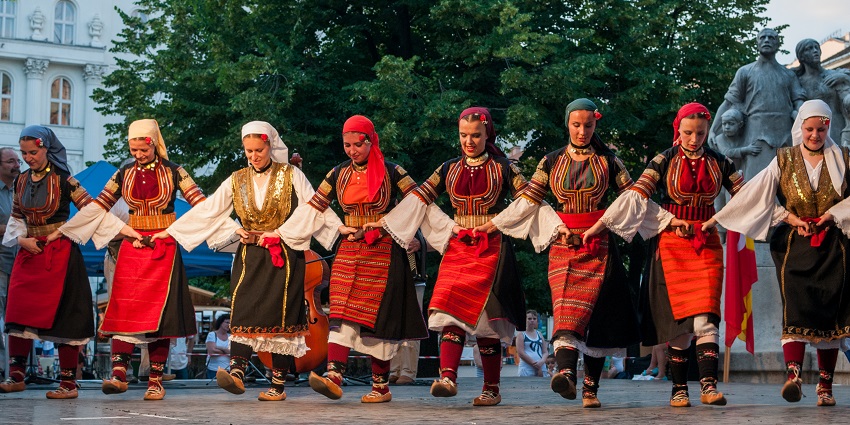
Photo: Wilfredor / Wikimedia Commons
At Buda Castle each August, the Budapest Festival of Folk Arts honours traditional craftsmanship through live demonstrations. Master artisans display wood carving, leatherwork, and weaving, often inviting guests to try these trades themselves. Performers bring folk music and dance to the castle courtyard, adding rhythmic storytelling to the experience. Families explore stalls selling handmade goods from across Hungary. The event strengthens cultural ties while helping local creators share their skills. It turns one of Budapest’s most historic sites into a space for heritage appreciation.
Month: August (during Hungary’s national holiday)
Major Attractions: Craft demonstrations, live music, folk dance
Location: Buda Castle, Budapest
9. Paprika Festival
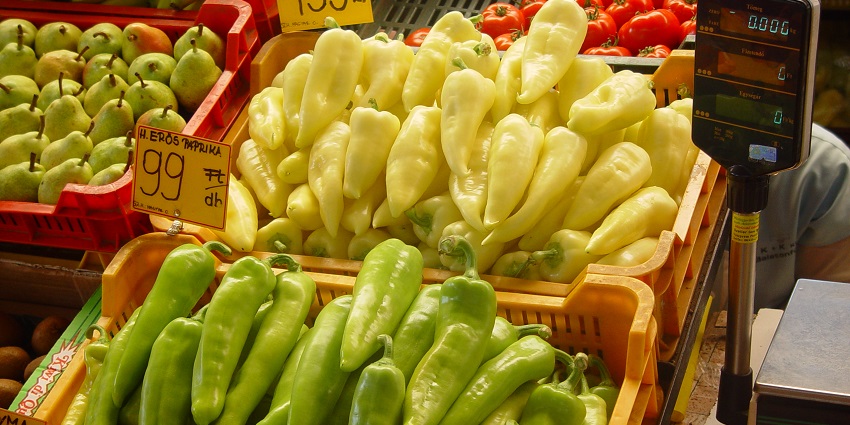
Photo: Apogr / Wikimedia Commons
Held in Szeged, the Paprika Festival draws attention to Hungary’s culinary heritage through its signature spice. Food booths line the streets with dishes rich in paprika flavour, from slow-cooked stews to spiced sausages. Guests watch chefs compete in paprika-themed cooking contests and explore spice-focused exhibitions. Local farmers present different types of paprika and offer fresh produce and seeds. Cultural music performances provide entertainment, while lectures explain paprika’s farming and processing methods. The festival appeals to food enthusiasts eager to learn about regional cooking.
Month: October
Major Attractions: Paprika stalls, cooking contests, live folk music
Location: Szeged
Festivals in Hungary draw local and international crowds through engaging events grounded in traditional practices. These gatherings celebrate music, crafts, food, and folk customs passed down through generations. Each occasion highlights regional character, offering something meaningful for people of all ages. Visitors might enjoy open-air concerts, artisan workshops, or culinary fairs, depending on the season. Some festivals focus on agriculture, while others promote contemporary music scenes. These cultural experiences deepen understanding of Hungarian heritage. To plan your trip around these exciting events, explore more on TripXL and find the right time to travel.
Cover Photo: Arkinessa / Wikimedia Commons


 WhatsApp
WhatsApp
 Twitter
Twitter









